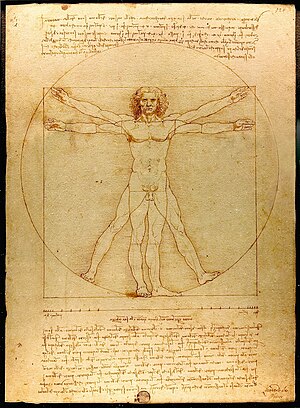Regenerating human body parts and defining the boundaries of consciousness
Dreams of immortality inspired the fantastical tales of Greek historian Herodotus and Spanish explorer Juan Ponce de Leon‘s legendary search for the fountain of youth. Nowadays, visionaries push for the technologies to transplant human brains into new bodies and download human consciousness into hologram-like avatars.
The latest science and schemes for achieving long life and the “singularity” moment of smarter-than-human intelligence came together at the Singularity Summit held here this past weekend (October 15-16). Some researchers explored cutting-edge, serious work about regenerating human body parts and defining the boundaries of consciousness in brain studies. Other speakers pushed visions of extending human existence in “Avatar”- style bodies — one initiative previously backed by action film star Steven Seagal — with fuzzier ideas about how to create such a world.
Above all, the summit buzzed with optimism about technology’s ability to reshape the world to exceed humanity’s wildest dreams, as well as a desire to share that vision with everyone. True believers were even offered the chance to apply for a credit card that transfers purchase rewards to the Singularity Institute.
“Humanity is about going beyond biological limitations,” said Ray Kurzweil, the inventor and futurist whose vision drives the Singularity Institute.
Rebuilding a healthy body
The most immediate advances related to living longer and better may come from regenerative medicine. Pioneering physicians have already regrown the tips of people’s fingers and replaced cancer-ridden parts of human bodies with healthy new cells.
“What we’re talking about here is not necessarily increasing the quantity of life but the quality of life,” said Stephen Badylak, deputy director of the McGowan Institute for Regenerative Medicine at the University of Pittsburgh in Pennsylvania.
Success so far has come from using a special connective tissue — called the extracellular matrix (ECM) — to act as a biological scaffold for healthy cells to build upon. Badylak showed a video where his team of surgeons stripped out the cancerous lining of a patient’s esophagus like pulling out a sock, and relined the esophagus with an ECM taken from pigs. The patient remains cancer-free several years after the experimental trial.
The connective tissue of other animals doesn’t provoke a negative response in human bodies, because it lacks the foreign animal cells that would typically provoke the immune system to attack. It has served the same role as a biological foundation for so long that it represents a “medical device that’s gone through hundreds of millions of years of R&D,” Badylak said.
If work goes well, Badylak envisions someday treating stroke patients by regenerating pieces of the functioning human brain.
Live long and prosper
The work of such researchers could do more than just keep humans happy and healthy. By tackling end-of-life chronic diseases such as cancer, medical advances could nearly double human life expectancy beyond almost 80 years in the U.S. to 150 years, said Sonia Arrison, a futurist at the Pacific Research Institute in San Francisco, Calif.
Long-lived humans could lead to problems such as anger over a “longevity gap” between haves and have-nots and perhaps add to stress on food, water and energy sources. But Arrison took a more positive view of how “health begets wealth” in a talk based on her new book, “100 Plus” (Basic Books, 2011).
Having healthier people around for longer means that they can remain productive far later in life, Arrison pointed out. Many past innovators accomplished some of their greatest or most creative work relatively late in life — Leonardo da Vinci began painting the Mona Lisa at 51, and Benjamin Franklin conducted his kite experiment at 46.
“Innovation is a late-peak field,” Arrison told the audience gathered at the Singularity Summit.
Even religion might find a renewed role in a world where death increasingly looks far off, Arrison said. Religion remains as popular as ever despite a doubling of human life expectancy up until now, and so Arrison suggested that religions focused on providing purpose or guidance in life could do well. But religions focused on the afterlife may want to rethink their strategy.
Read more . . .
Bookmark this page for “Quest for Immortality” and check back regularly as these articles update on a very frequent basis. The view is set to “news”. Try clicking on “video” and “2” for more articles.








